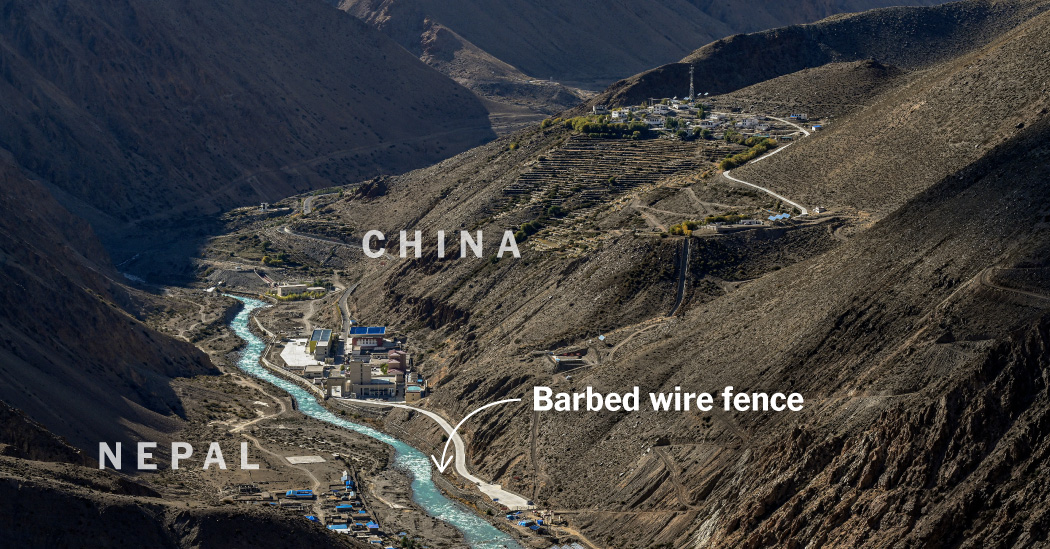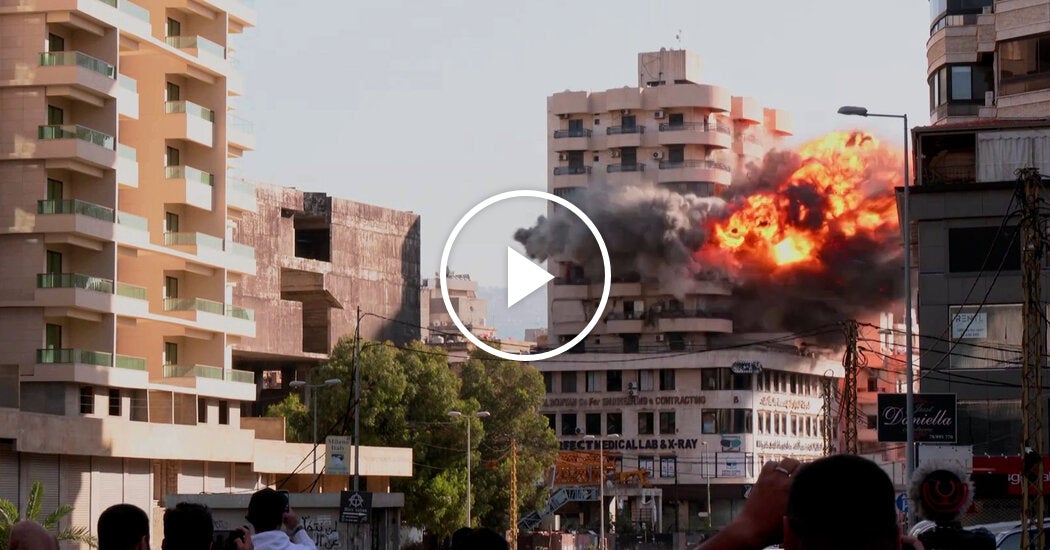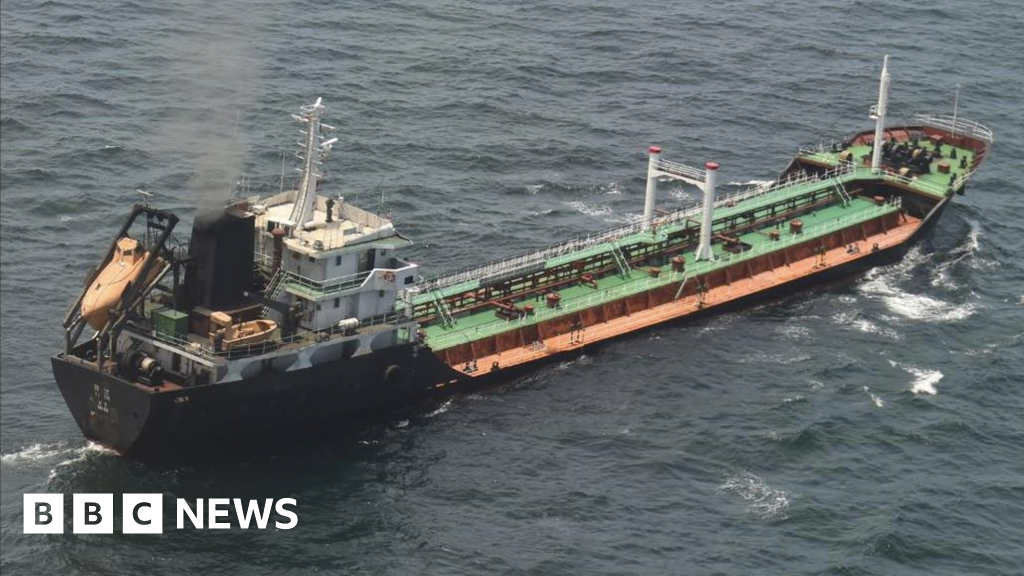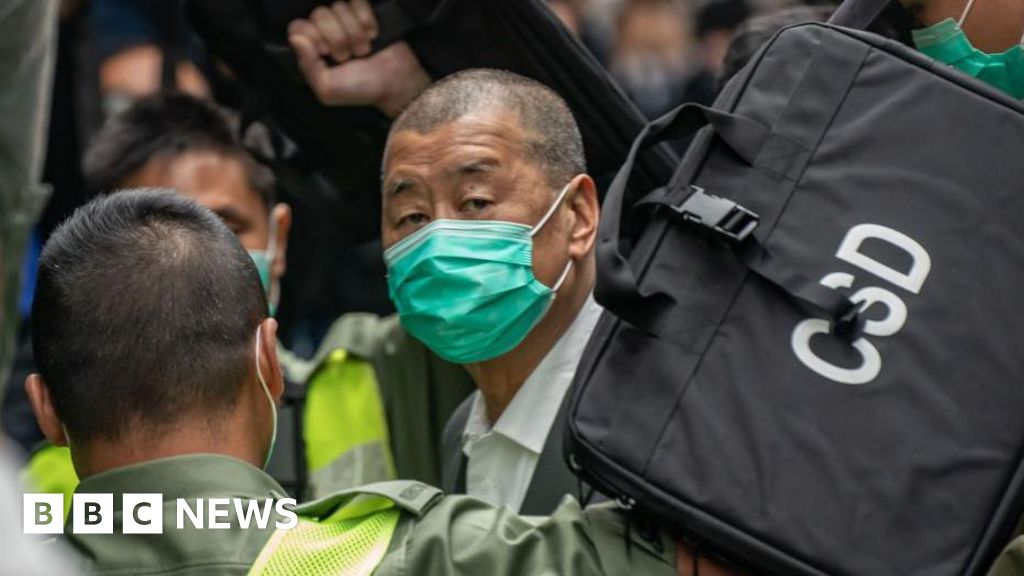The Chinese fence traces a furrow in the Himalayas, its barbed wire and concrete ramparts separating Tibet from Nepal. Here, in one of the more isolated places on earth, China’s security cameras keep watch alongside armed sentries in guard towers.
High on the Tibetan Plateau, the Chinese have carved a 600-feet-long message on a hillside: “Long live the Chinese Communist Party,” inscribed in characters that can be read from orbit.
Just across the border, in Nepal’s Humla District, residents contend that along several points of this distant frontier, China is encroaching on Nepali territory.
Source: OpenStreetMap, ESRI
By Agnes Chang
The Nepalis have other complaints, too. Chinese security forces are pressuring ethnic Tibetan Nepalis not to display images of the Dalai Lama, the exiled Tibetan spiritual leader, in Nepali villages near the border, they say. And with the recent proliferation of Chinese barriers and other defenses, a people have also been divided. The stream of thousands of Tibetans who once escaped Chinese government repression by fleeing to Nepal has almost entirely vanished.
Yet Nepal’s leaders have refused to acknowledge China’s imprints on their country. Ideologically and economically tied to China, successive Nepali governments have ignored a 2021 fact-finding report that detailed various border abuses in Humla.
“This is the new Great Wall of China,” said Jeevan Bahadur Shahi, the former provincial chief minister of the area. “But they don’t want us to see it.”
China’s fencing along the edge of Nepal’s Humla District is just one segment of a fortification network thousands of miles long that Xi Jinping’s government has built to reinforce remote reaches, control rebellious populations and, in some cases, push into territory that other nations consider their own.
The fortification building spree, accelerated during Covid and backed by dozens of new border settlements, is imposing Beijing’s Panopticon security state on far-flung areas. It is also placing intense pressure on China’s poorer, weaker neighbors.
Chinese buildings stand just meters away from a border fence splitting Tibet and Nepal.
Without proper roads, it takes goat herders three days to cover the seven miles from Simikot, Nepal, to Humla.
China borders 14 other countries by land. Its vast frontier, on land and at sea, remained largely peaceful as China’s economy grew to become the world’s second-largest. But amid Mr. Xi’s tenure, Beijing is redefining its territorial limits, leading to small skirmishes and outright conflict.
“Under Xi Jinping, China has doubled down on efforts to assert its territorial claims in disputed areas along its periphery,” said Brian Hart, a fellow at the China Power Project of the Center for Strategic and International Studies in Washington.
Viewed individually, each action along China’s borders — fortifying boundaries, contesting territory and pushing into disputed zones — might seem only incremental. But the aggregated result is startling.
Near its eastern maritime reaches, in what are internationally recognized as Philippine waters, China has turned a coral reef into a military base. On its far western land border, China’s People’s Liberation Army has pushed into disputed mountain territory shared with South Asian neighbors.
Two dozen soldiers from India and China, both nuclear powers, died in high-altitude, hand-to-hand combat in 2020. Another border clash two years later injured more soldiers.
China’s border buildup is a major reason that the U.S. Department of Defense, in its 2023 China Military Power Report, declared that China has “adopted more dangerous, coercive, and provocative actions in the Indo-Pacific region.”
The shifting security landscape is drawing the attention of global powers and leading to new alliances. Small nations with ties to China, like Nepal, are vulnerable, even as they downplay or deny border disputes for fear of losing Beijing’s economic favor.
An eatery in Hilsa, a village in the Humla district. Humla is Nepal’s poorest and least developed district.
The Nepali border security police office in Hilsa. Vulnerable nations like Nepal tend to downplay or deny border disputes for fear of losing Beijing’s economic favor.
“Weaker states like Nepal,” Mr. Hart said, “face immense pressures because of the overwhelming power differential with China.”
“If China does not face costs for encroaching on its weakest neighbors, Beijing will be further emboldened to threaten countries in the region,” he added.
Nepal’s foreign minister, Arzu Rana Deuba, said in an interview with The New York Times that she had not received complaints about problems on the border with Tibet and that the government’s focus was more on the southern boundary with India, where more Nepalis live.
“We have not really thought much of looking at the northern border, at least I haven’t,” she said.
A Top Secret Report
The distance from Simikot, the capital of Humla District, to the frontier village of Hilsa is 30 miles. But the drive to the border with Tibet takes more than 10 bone-jarring hours through rough, rocky terrain. Humla is unconnected to Nepal’s national road network. Cars and heavy machinery must be flown in.
Himalayan passes in Humla reach nearly 16,400 feet. Deadly altitude sickness can set in fast. It was to this district, Nepal’s poorest and least developed, that members of a fact-finding mission — composed of Nepali Home Ministry officials, government surveyors and police personnel — traveled three years ago.
Armed with a 1960s map from when Nepal and China formally agreed upon their boundary, they set out to discover whether the official cartography diverged from the reality on the ground. The mission members trekked to remote border pillars. They chatted with yak herders and Tibetan Buddhist monks.
Eventually, they produced their report to Nepal’s cabinet. And then the report disappeared. The public was not allowed to see it. Even high-ranking officials and politicians were refused access, several people involved said.
The veil of secrecy extended to the historical map that the mission brought with it. Survey department employees said they have been cautioned that sharing it could be a security breach — a strange warning for a map accessible in American archives.
A copy of the report obtained by The Times shows that the government mission documented a series of small border infringements by China. Also coursing through the report are worries about China’s grander geopolitical intentions and fears about upsetting Nepal’s powerful neighbor.
A nation of 30 million people, Nepal is small, landlocked and underdeveloped. Its government is headed by a Communist, who this year replaced a former Maoist rebel as prime minister. In ideology and in economics, Nepal leans heavily toward China, even as it remains in the orbit of nearby India.
The report says that in several places in and around Hilsa, China constructed fortifications and other infrastructure, including closed-circuit TV cameras, that are either in Nepal or in a buffer zone between the two countries where building is prohibited by bilateral agreement. Chinese border personnel took over a Nepali irrigation canal fed by the Karnali River, the report said, although the Chinese retreated when the Nepali mission visited.
Chinese forces have illegally prevented ethnic Tibetans living in Nepali areas near the border from grazing their livestock and participating in religious activities, the report said. Such constraints bring extraterritorial menace to Mr. Xi’s campaign of repression in Tibet.
The report advised that Nepal and China urgently needed to address various border disputes, but a bilateral mechanism for resolving border problems, which includes joint inspections, has been stalled since 2006.
N.P. Saud, Nepal’s foreign minister until March, said in an interview with The Times that bilateral “border meetings are held frequently.”
But one of Mr. Saud’s deputies told The Times that no border inspections had occurred in more than 17 years. Asked about this, Mr. Saud amended his statement.
“I can share with you that the joint inspection team will work soon,” he said. “I can’t tell you the exact time until it is finalized.”
Mr. Saud said that he did not know why the Humla report had not been made public.
“The border of a country,” he said, “is not a matter of secrecy.”
Mr. Saud said Nepal could not make any determination on the report’s validity until the joint inspections restart.
“Until and unless we confirm the report,” he said, “how we can raise the issue internationally with another country?”
Building a new road in the Hulma district of Nepal, which is unconnected to the national road network.
Nepali workers loading goods from China outside the Chinese customs office in Hilsa.
Ms. Deuba, who replaced Mr. Saud as foreign minister, said she was not aware of the report or of Chinese fencing on the border.
The Chinese Embassy in Kathmandu declined to comment.
The Chinese government says that it is a force for peace in the region. In an article in the party-run People’s Daily, Pan Yue, the head of the National Ethnic Affairs Commission, wrote last year that China “never sought to conquer or expand territorially, never colonized neighboring countries.”
History collides with such national mythmaking. In 1979, Chinese forces briefly invaded Vietnam, which China had once controlled for a millennium. Since the People’s Republic of China was founded in 1949, China and India have fought two border wars.
Mr. Shahi, the former provincial chief minister from Humla, said that his efforts to publicize Chinese border intrusions have been actively discouraged.
“The Chinese, they say to our government, and then the government says to me, ‘If you talk about this border issue, then they will stop trade, they will stop everything,” he said. “Who the hell can say this to me about our land?”
A Holy Land, Divided
The border fence separating Hilsa from Chinese-controlled Tibet cleaves not only nations but centuries. On the Chinese side, modern buildings feature glass atriums, armored vehicles glide along paved roads and floodlights blaze in the night sky. Nepal, by contrast, seems stuck in a bygone era. Ramshackle shelters hunch in the cold. There is not an inch of asphalt or any reliable electricity.
The Chinese side used to be nearly as remote, the seclusion broken only by a flow of pilgrims to Mount Kailash, which is holy to four faiths. But as part of a push into lands populated by ethnic minorities, the Chinese government has seeded Tibet and the neighboring Xinjiang region with new infrastructure.
Migrants from China’s Han ethnic majority have poured in, including to the Tibetan town of Purang near the border with Hilsa. A new high-altitude airport in Purang, a feat of engineering, serves both civilian and military purposes, part of a transportation network that gives the People’s Liberation Army easy access to border areas. Just 20 miles away is the junction of China, Nepal and India.
The Nepali side of the border seems stuck in a bygone era, without asphalt or any reliable electricity.
A Tibetan Buddhist altar in Hilsa. Ethnic Tibetans live in Nepal, which has become a destination for Chinese Tibetans fleeing Beijing’s effort to pacify ethnic minorities.
Beijing considers a large swath of Indian-controlled territory along the Tibet-India boundary to be its own, calling it “South Tibet.” On the border with tiny Bhutan, China claims more disputed land and has built settlements there.
The Chinese focus on Tibet reflects more than geopolitical ambitions. Mr. Xi’s government has overseen a brutal effort to pacify ethnic minorities. High-tech surveillance of Tibetans, and the fortification of the border, has all but severed their escape route into Nepal, where ethnic Tibetans also live.
Chinese police and border guards, Hilsa residents say, regularly cross over to Nepal without going through normal immigration procedures. They intimidate ethnic Tibetan Nepalis and have captured some of the few Tibetans who succeeded in fleeing to Nepal, said Lhamu Lama, a Humla District village administrator.
An officer with the Nepali paramilitary police in Hilsa said that last year his commander asked the Chinese to retreat from an area that the 1960s official map indicated was not Chinese land. The Chinese never responded, said the officer, who did not want his name used because he was not authorized to speak to the news media.
“China is big and powerful so it can do what it wants,” said Pema Wangmu Lama, who was born in Tibet but now lives in Nepal. “Even if Hilsa is swallowed up one day, who would know or care what’s happening here?”
A fence built by the Chinese to prevent Tibetans from entering into Nepal on the banks of the Karnali river in Hilsa.










